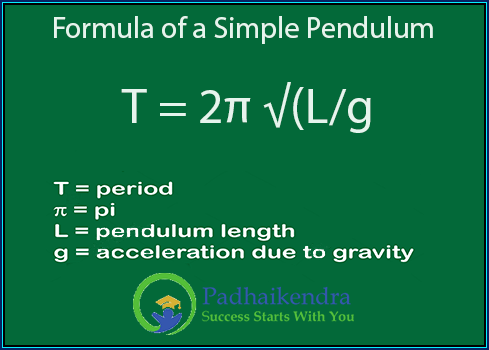Mass of an Object
What is the Mass of an Object? Mass is a fundamental property of matter that describes the amount of matter in an object. It is a scalar quantity, meaning it has only magnitude and no direction. Mass is usually measured in kilograms (kg) or grams (g). In contrast, weight is a vector quantity, as it …










